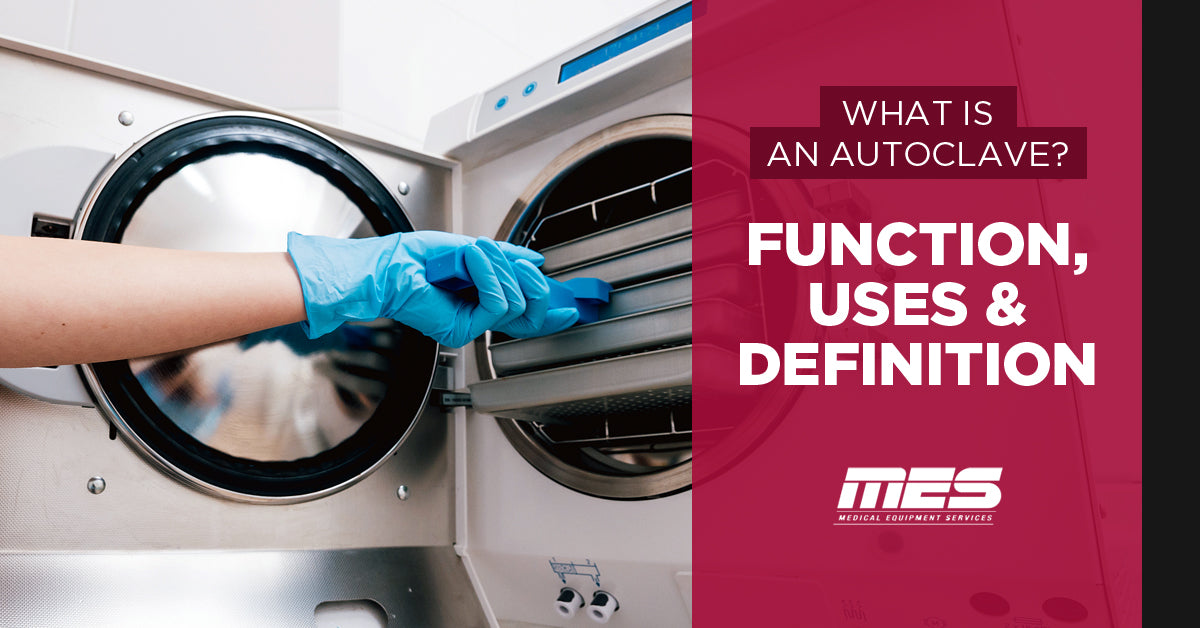
For many years, there have been concerns over the hygiene of medical tools and scientific instruments. These instruments cannot be cleaned with water or wiped with a normal brush or piece of cloth. They need to be cleaned very thoroughly as microorganisms and germs are resilient and cannot be cleaned using normal cleaning methods. They cannot be wiped, but you still need to kill the germs to make the tool clean and safe for use on a patient without contamination. So the best way to kill these microorganisms is by exposing them to harsh environments, and this is where an autoclave comes in.
What is an autoclave?
The autoclave was introduced in the late ’80s, and this is when medical experts and researches started to understand the importance of sterile surgery. Doctors used to rely on open flaming as a way of killing the microorganisms, but this was not very reliable. Soon after its introduction, the benefits of using an autoclave were so evident, it is no surprise to see many hospitals now adopting this method of cleaning and sterilising medical tools and equipment.
The autoclave is generally used to disinfect anything that needs to be free of microorganisms. It can decontaminate solids, liquids, hollow items and instruments of varying shapes depending on the type of autoclave and its size. A typical one resembles a pressure cooker in shape and functionality as it uses the power of steam to kill these microorganisms that are resistant to detergents. Over time, the autoclave has developed into a sophisticated device owing to the diverse applications that one can be used for. This way, designers are challenged with coming up with one that is suited for a specific application such as in medical clinics and biological laboratories.
What is an autoclave used for?
An autoclave sterilises this equipment by subjecting the microorganisms to harsh environments as mentioned above. It does this by heating the items to temperatures above boiling point, and thus they can not survive in those conditions. Dental clinics have small desktop autoclaves that are of the same size as a simple microwave oven. Large hospitals have huge autoclaves and are located in a specific department since they can be used to sterilise a wide variety of equipment used all over the hospital. It is well known that there is a huge demand for sterile equipment in such large medical centres and these devices can sterilise several of them in a single cycle.
How does an autoclave work?
Autoclaves are more or less similar to pressure cookers with the difference being that they are more vigilant in their action. This can be explained by the concerns over the tools being free of any microorganism and thus there is very little margin for error when it comes to disinfection. The autoclave has a main compartment where the equipment to be sterilised is put. After this, the chamber is closed and the device is switched on to allow a dense cloud of steam to be directed into the compartment. During this process, the temperature and pressure in the chamber start rising as the aim is to attain and maintain a temperature of about 120 Degrees Celsius.
However, does the steam being pushed into the chamber to clean the equipment just like that? What happens to the dead microorganisms? The autoclave is more sophisticated as it contains ducts and valves that allow for the interchange of air inside. These ducts allow the pure steam to enter the chamber and push the contaminated air out of it. Typical sterilising sessions require 120 degrees Celsius of steam for about fifteen minutes but note that this is not the standard since it depends on the type of equipment being sterilised. Some combinations are done with extra hot steam which allows the material to be disinfected for a shorter time. The extremely high temperatures destroy the inner parts of the microorganisms and thus eliminate any chances of survival. After the sterilisation period elapses, the steam is removed and the pressure reduced gradually. Effective sterilisation is reliant on displacing the contaminated air using saturated steam so that the exposure to this pure steam can ensure efficient sterilisation.
The mentioned process can be achieved in two possible cycles namely;
- Fast exhaust.
- Slow exhaust.
In the fast exhaust, the compartment maintains the high temperatures and pressure for the set period, and after this, the valves are opened to allow the temperatures to return to normal. This cycle is ideal for cleaning glass and dry instruments.
The slow exhaust is used for liquid material, and the steam is removed slowly from the chamber while cooling the liquid.
Some of the important facts surrounding the autoclave and what it can be used for have been mentioned above. It is important to use protective equipment such as gloves when using this device to avoid infection. Also, remember to make sure that the autoclave is approved by the relevant authorities since you do not want to expose patients to half dead microorganisms on your tools. Take note of the materials that cannot be autoclaved due to the danger they pose when exposed to such temperatures.





